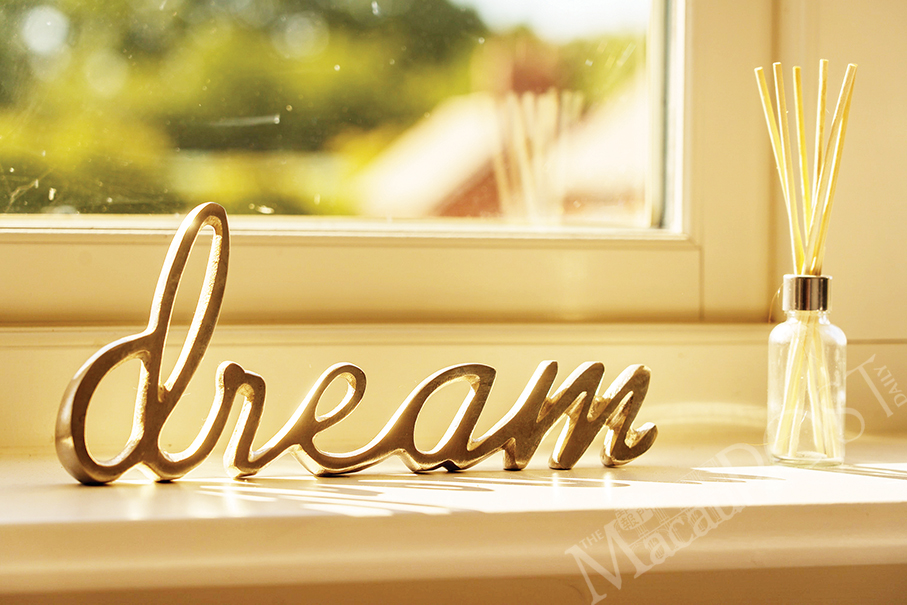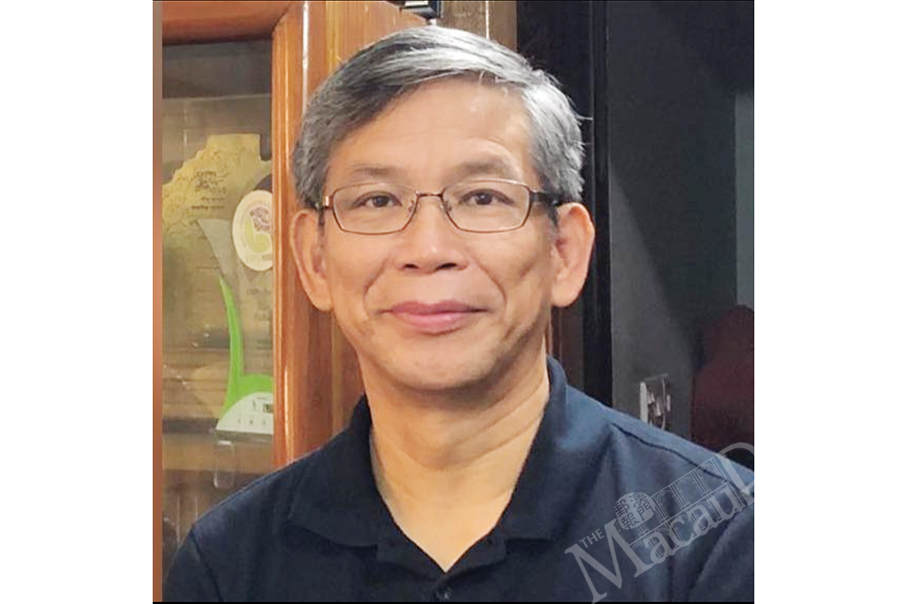Recently I watched two movies: Doctor Strange in the Multiverse of Madness and Everything Everywhere All at Once. I am not going to review the movies here, but only discuss how the two movies use “dreams” as the theme.
Still, spoiler alert.
Doctor Strange in the Multiverse of Madness sees dreams as a vision of a parallel universe. According to the movie, our dreams show our lives in other parallel universes. While we may not actually prove the existence of multiverses, the movie, through the superpowers of the protagonist, shows that these “dreams” really do exist, and by travelling across different universes using her power the movie character sees the reality of other universes that match her dreams.
I like the movie a lot, but the dream idea only serves as a plot device to explain how the characters know about the existence of other universes. For example, the tragic antagonist repeatedly dreams about having a wonderful family, which implies that there is a universe existing for her to have a better life and pushes her to plot her schemes and invade that universe for the other self’s better life.
Everything Everywhere All at Once also uses dreams to explain the plot a lot, in fact, the two movies use the same theme a lot like superpowers and parallel universes, but this movie is much better at connecting the themes together. The movie talks about a Chinese woman with taxing issues about her shop, family issues with her husband and her daughter who is at the lowest point of her life.
With a new device she got, she was able to know the skills instantly by connecting herself to her other self from parallel universes. For example, she can do martial arts by getting the experience from the parallel universe where she is a martial arts fighter.
Ironically, the reason why she can effectively use the device is because she was the most unsuccessful compared to the version of herself all other universes, because she had so many unfulfilled dreams in this life.
I think this movie connects to the audience much better than the first one. The alternative worlds show the protagonist what will happen when her dream is fulfilled, but she cannot access the universe and can only borrow the abilities from other universes to help solve her own problems. In reality, dreams also serve as the fuel for us to go on, because we want to achieve what we have in our minds.
We might not have the protagonist’s device, but we are always able to be inspired by our dreams. At the end of the day, what solves the main character’s relationship problem is not any kind of special ability, but the realisation to view things from other people’s perspectives. It is not easy to know how stubborn we are sometimes, and the movie wants to tell us that having empathy with the people around us is better than knowing kung fu to solve problems (most of the time).
There are also two short stories about dreaming I want to share. My teacher used to tell me that we only dream in black and white, which astonished me because I always have colours in my dreams. We had a small argument back then and I forgot about it. Then, when I was writing this article, I was reminded about it and subsequently did some research online, and I found out that screens (there only used to be televisions) affect our visions in a dream a lot. Since televisions were originally only able to broadcast in black and white, this kind of made people’s dreams then in black and white also.
The second story is that I was shocked when I discovered some of my friends have never dreamt in their lives. I personally dream every day, and everyone dreams when they are sleeping. The only difference is that not everyone can remember their dreams when they wake up. So, the difference between me and the “dreamless” friends is that of our memories of the dreams, not whether we dreamt or not!

Photo courtesy: Unsplash






